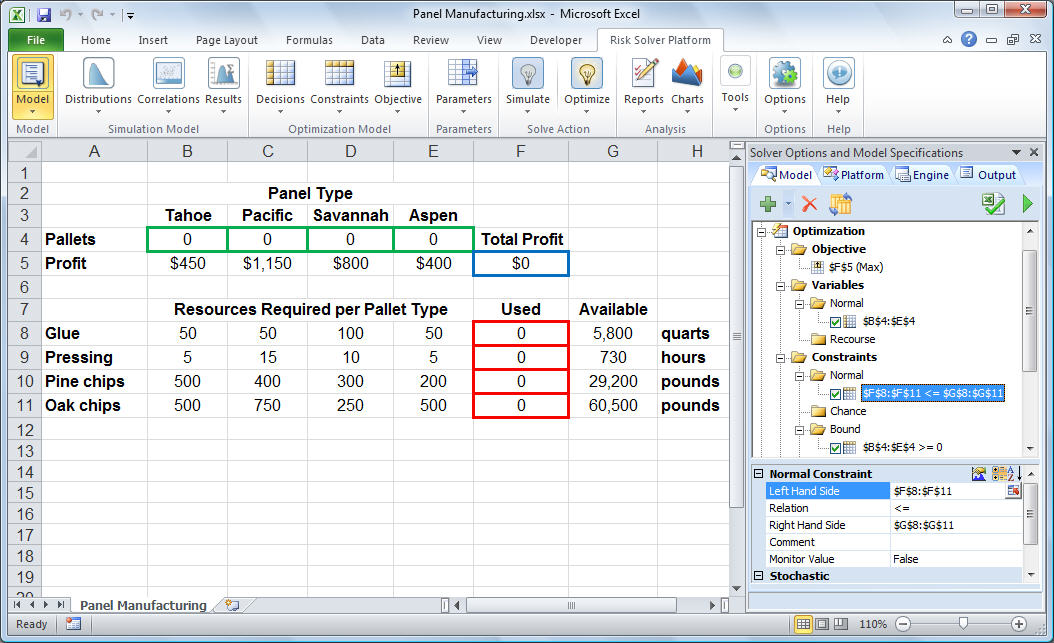


In this dialog, you can navigate folders and select a destination on your desktop or laptop, network drive, OneDrive, etc. The first choice displays a dialog where you can edit the filename in your account the second choice displays a File Save dialog through your browser. You'll see two dropdown choices, To and To Other Sources. To save a workbook in, click on the Solver Home tab, then click the Save button. Saving a Workbook: In Analytic Solver Platform, you save a workbook using Excel's File Save menu option. If you have unsaved work, you'll be prompted to save.

In this dialog, you can navigate folders and select a file on your desktop or laptop, network drive, OneDrive, etc. The first choice displays a list of files in your account the second choice displays a File Open dialog through your browser. When you click Open, you'll see two dropdown choices, From and From Other Sources. To open a workbook in, click on the Solver Home tab, then click the Open button, or the New button to create a new one. Opening a Workbook: In Analytic Solver Platform, you open a workbook using Excel's File Open menu, or create a workbook with File New. When you open a file you can choose the source, and when you save a file you can choose the destination: your account, or "elsewhere". But you do have the ability to save files to your account, subject to size limitations and possible storage charges: These files are stored by our back-end RASON® server they are shown in a dropdown list on the Solver Home tab. Generally, works with files stored "elsewhere" - on your desktop or laptop, your network drives, or your cloud storage such as OneDrive. It can also load data from SQL databases and Apache Spark Big Data clusters, as discussed later. But this page is a quick reference for the differences between these two platforms.Ī can open, use and save Excel workbooks (extension xlsx), comma-separated or other delimited text files (usually extension csv). , our cloud-based SaaS offering, and Analytic Solver Platform for desktop Excel have a great deal in common: They both have a Ribbon user interface with three tabs featuring nearly-identical buttons and menus, a Task Pane that summarizes models and provides access to Platform and Engine options, and they use the same algorithmic "engines" for mathematical optimization, Monte Carlo simulation and risk analysis, forecasting, data mining and text mining.


 0 kommentar(er)
0 kommentar(er)
